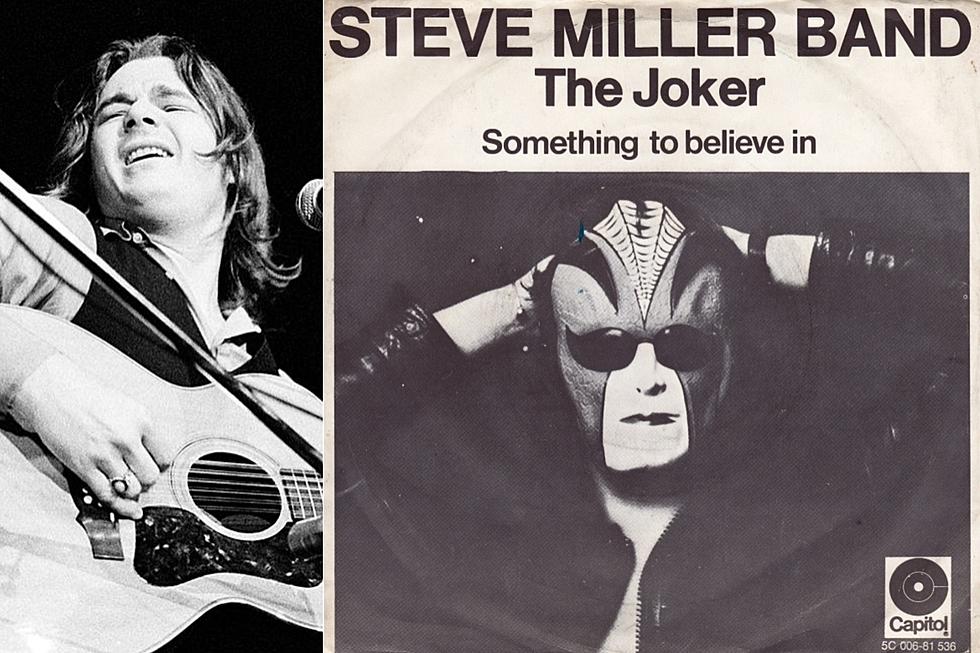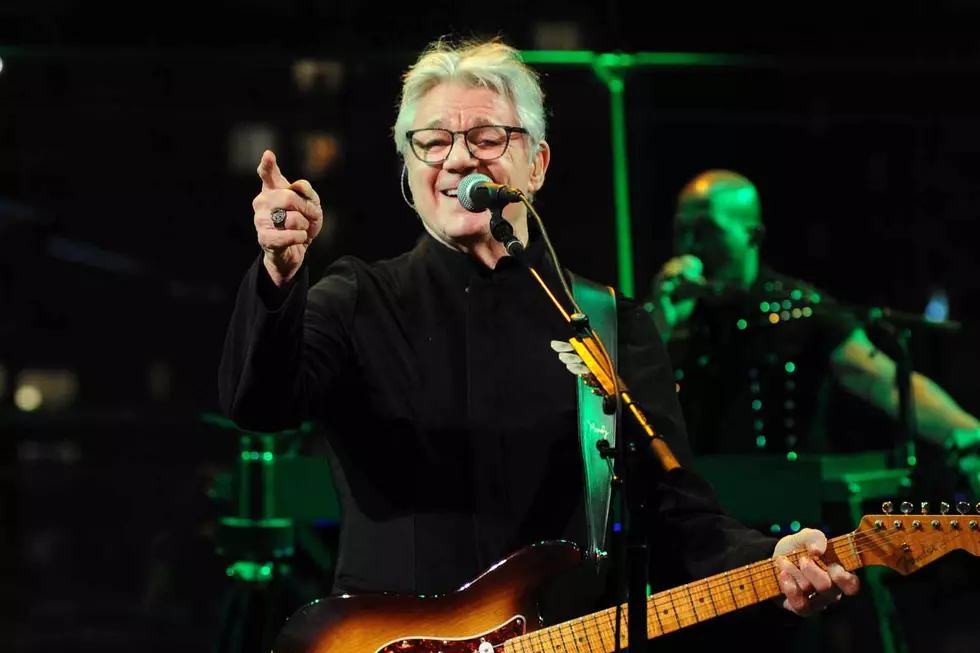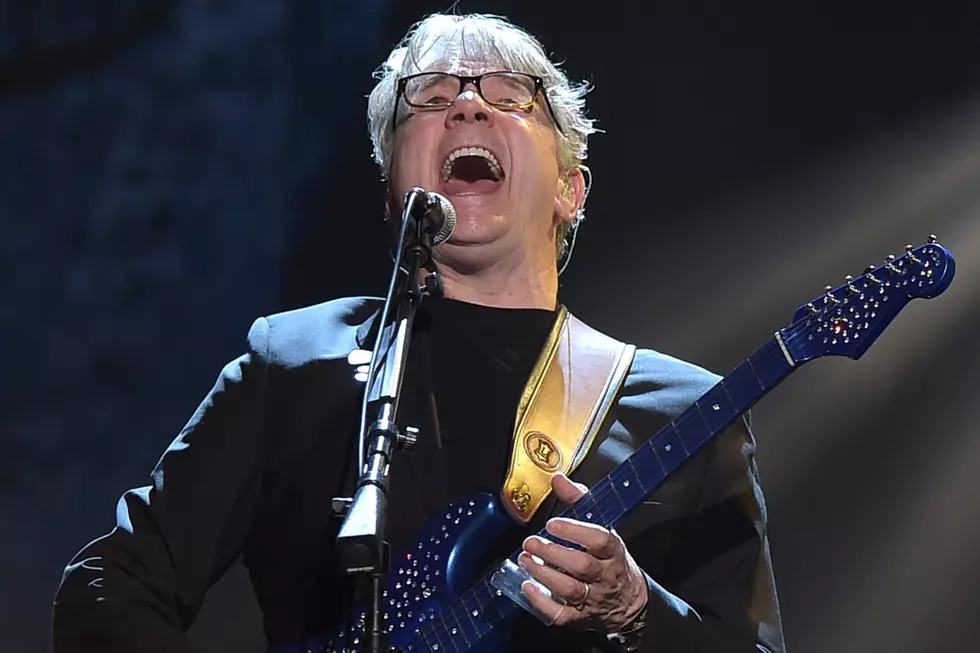40 Years Ago: Steve Miller Band Finally Soar With ‘Fly Like an Eagle’
It took the Steve Miller Band eight years and nine albums before they finally hit the big time. They got a taste of it in 1973 when the title track to The Joker reached No. 1. But Fly Like an Eagle, which was released in April 1976, took Miller and his group to a whole new level.
Starting in 1968, the San Francisco-based band, led by the hotshot guitarist who was born in Milwaukee, slowly evolved from an era-defined, blues-influenced rock group into a powerhouse pop outfit, replacing 12-bar guitar lines that fought for airspace on FM radio with singalong pop melodies that sounded right at home on AM stations.
Before The Joker, the highest any Steve Miller Band album charted was 1969's Brave New World, which just missed the Top 20. But The Joker, spurred by the hit single title track, zoomed all the way to No. 2. (Its predecessor, Recall the Beginning ... A Journey From Eden, made it to only No. 109.) After a three-year delay -- a long, long time for a group that made one album a year since its debut -- Fly Like an Eagle arrived, and everything changed for them.
And here's why: The Joker is pretty much known for that one song. (The follow-up single, "Your Cash Ain't Nothin' but Trash," a cover of an obscure R&B song by Chuck Calhoun, didn't make it any higher than No. 51.) Fly Like an Eagle? At least half of the album's dozens songs are classics today, with three of them scoring huge on the pop chart: "Take the Money and Run," the first single, which stopped at No. 11; "Rock'n Me," the second of Steve Miller Band's three No. 1 hits; and the title cut, which stayed at No. 2 for two weeks.
Fly Like an Eagle turned them into one of music's biggest acts in the mid-'70s. Miller was the star, singing, playing guitar and keyboards, producing and writing or co-writing nine of the songs. The band at the time included Lonnie Turner on bass and drummer Gary Mallaber, but the LP also featured contributions by harmonica player James Cotton, session guitarist Led Dudek and the Doobie Brothers' John McFee.
It was once again a new lineup for the Steve Miller Band, with only Turner retained from The Joker (he played on the album's live version of "Evil"). After an extended break, the trio started work on more than two dozen tracks in San Francisco during 1975. By early the next year, they divided the songs -- half went to Fly Like an Eagle, and most of the remaining cuts ended up on their next album, 1977's Book of Dreams.
There's a radical change to the music recorded during the sessions, pointedly evident on Fly Like an Eagle's opening instrumental, the 75-second "Space Intro," in which a galaxy-hopping synthesizer announces the arrival of the title track. And the songs, collectively, are more joyful than they ever were in the past. Cuts like "Serenade" and "Dance, Dance, Dance" bounce with new-found musical flexibility, and the three singles rank among the very best of Miller's long career. It's also their best LP, a nimble flight from the band's shaky past to its structured future.
The album ended up peaking at No. 3, a notch below The Joker's and Book of Dreams' No. 2 showings. But it's the Steve Miller Band's best-selling album right after 1978's Greatest Hits 1974-78 (a 14-track album that includes 13 songs from the sessions that yielded Fly Like an Eagle and Book of Dreams) -- a testament to the music made during that fruitful period.
Steve Miller Band Albums Ranked Worst to Best
More From Ultimate Classic Rock









